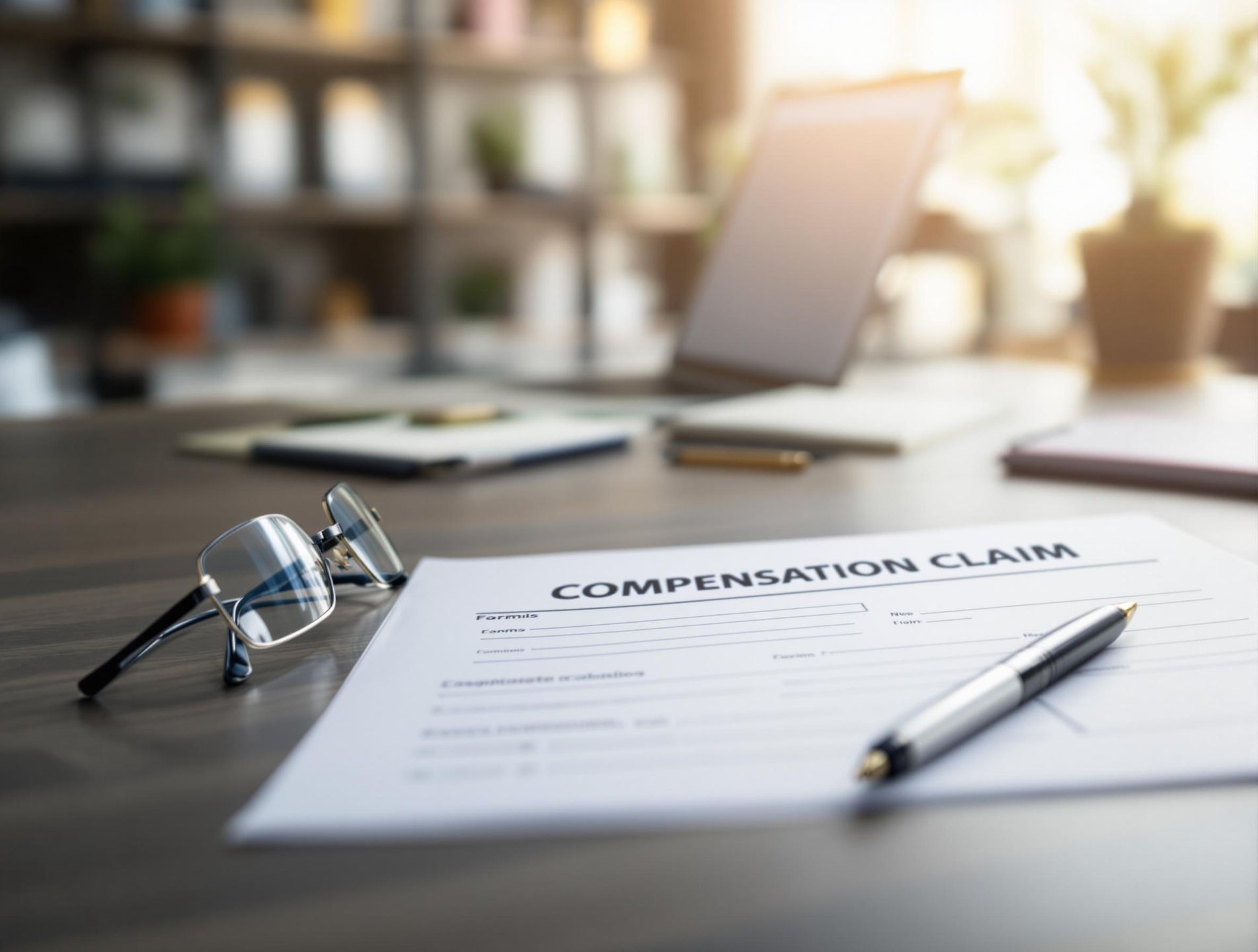An injured employee can apply for Employees' Compensation at Courts by following the procedures outlined in the Employees’ Compensation Ordinance (Cap 282) and the Employees’ Compensation (Rules of Court) Rules (Cap 282B).
- Lodging an Application: The injured employee must lodge a written application with the registrar of the court using Form 1, 2, or 3 as specified in the Schedule of the Employees’ Compensation (Rules of Court) Rules. The application must include particulars such as:
- A concise statement of the circumstances of the accident;
- The relief or order claimed by the employee;
- The full name and address of the employee (applicant) and the his/her employer (respondent).
- Notice of Accident: The employee must issue a notice of the accident to the employer in compliance with Section 14(2) of the Employees’ Compensation Ordinance. This notice can be delivered orally or in writing and must specify the name and address of the injured employee, the cause of the injury, and the date and location of the accident.
- Time Frame for Application: The application for compensation must be filed within 24 months from the date of the accident or the date of death in fatal cases, as stipulated in Section 14(1) of the Employees’ Compensation Ordinance.
- Medical and Funeral Expenses: If the application involves reimbursement for medical or funeral expenses, it must include details of the expenses paid and join other persons who have paid such expenses as applicants or respondents.
- Court Procedures: Once the application is filed, the procedural steps are governed by the Employees’ Compensation (Rules of Court) Rules, including:
- Service of the application and notice on the respondent;
- Respondent’s answer within 21 days;
- Call-over hearings and potential default judgments;
- Filing of medical expert reports and discovery of relevant documents.
- Jurisdiction: Claims under the Employees’ Compensation Ordinance are primarily heard by the District Court, which has exclusive jurisdiction to determine compensation amounts and procedural rules.
By adhering to the above steps, an injured employee can initiate and pursue a claim for compensation through the courts effectively. For complicated situations, an employee is strongly advised to retain lawyers to fully represent him/her to attend the application for employees’ compensation at Courts.


A Case of Employees’ Compensation:
YIU PAU YAU V. CO-RAY DESIGN & CONSTRUCTION LTD
[2006] HKDC 411
This case involves an application by the Applicant for employees’ compensation under the Employees’ Compensation Ordinance, Cap. 282, against the Respondent, who was the contractor for renovation work at the employees’ quarters of Ocean Park. The Applicant, a carpenter, sustained an injury to his left hand on 3 June 2003 due to an electric trimmer machine while working. The Respondent denied that the Applicant was its employee, claiming instead that the Applicant was employed by a sub-contractor named '中原傢俬工程公司' ('Chung Yuen'). The Applicant was engaged by Mr. Choy Ka Wai ('Choy') two weeks prior to the accident, with working hours from 9 a.m. to 5 p.m. and a daily wage of $700, although there was no written contract. The Applicant signed an attendance record as an employee of the Respondent and wore a work permit while on site. A business registration search revealed no entity matching the description of Chung Yuen. The Applicant, aged 50 at the time of the accident, suffered significant impairment to his left index finger, with a Medical Assessment Board assessing his disability at 3% and certifying 78 days of necessary sick leave due to the injury. The court found in favor of the Applicant, determining that the Respondent was indeed the employer, as Choy acted as an agent of the Respondent. The court ruled that the Respondent was liable under the Employees’ Compensation Ordinance for injuries sustained during employment. The compensation was calculated based on the Applicant's monthly wage, sick leave, and medical expenses, totaling HK$76,280.00, with interest and costs ordered to be paid by the Respondent.
Court held that judgment is entered in favor of the Applicant against the Respondent in the sum of HK$76,280.00, on grounds that:
- The court found that the Respondent was the employer of the Applicant despite the engagement being made by Choy, who acted as an agent of the Respondent.
- The daily work arrangements, tools, and hours were provided by the Respondent, establishing an employer-employee relationship.
- The monthly wage of the Applicant was assessed at $17,500 based on a 25-day working month.
- The total compensation was calculated under Sec. 9, Sec. 10, and Sec. 10A of the Employees’ Compensation Ordinance, resulting in a total of HK$76,280.00.
- The court ordered interest on the judgment amount from the date of the accident and costs to be paid by the Respondent.
- This was in accordance with the provisions of the Employees’ Compensation Ordinance.
- The court emphasized that even as a principal contractor, the Respondent held liability under s.24 of the Employees’ Compensation Ordinance for injuries arising out of employment.
- This establishes the principle that contractors have a duty of care towards workers engaged in their projects.